Stone carving and lithograph
Since long ago, human beings have always been searching for a way to immortalize their wishes, beliefs and ideas as paintings, carvings, Stone carvings, lithographs, statues. One of the valuable arts that Iranians have a long background in, is Stone carving and lithograph. Stone carving is digging and deepening the stone, based on intended design or pattern using hammer and special chisels.
Stone carving and lithograph in Iran, began centuries before Christ by making tools to hunt the animals and other basic life tools. It was more exclusive to use tools for hunting or skinning animals and for agricultural purposes. Showing off the power and greatness of the king is of the properties of the stone carvings from the Achaemenes era and the Sasanid era. The monuments left of those eras are the proof of this claim.
This art was widely practiced since the pre-Islamic eras and by the spread of Islam, Arabesque, Khatai and Kofi patterns also expanded. This art is not only used in mosques, Shrines, Sacred Buildings (done on stone pillars bases, as pillars, plinth of porches and shrines, as inscriptions and …) but also is used as a practical art on Sangab, stone gutters, stone mills.
Strength and high durability of stone against environmental elements, its physical and chemical properties and various capabilities have caused it to be used widely for decorative and practical purposes. Examples of stones used for stone carving and lithograph are different types of marble stones, black stones, and granite which are carved and shaped by steel chisels, hammers and hatchet. In order to create a work of stone carving and lithograph, the artists picks the stone to work on and after that by the use of chisels and a hammer the stone will be carved. when the carving is done the surface is polished with sandpaper files. Some of the designs used in the art of stone carving and lithograph are Arabesque patterns, Khatai, geometric patterns, animals, plants and sometimes humans, ceremonies and hunt patterns inspired by the literature of Iran and Inscriptions.

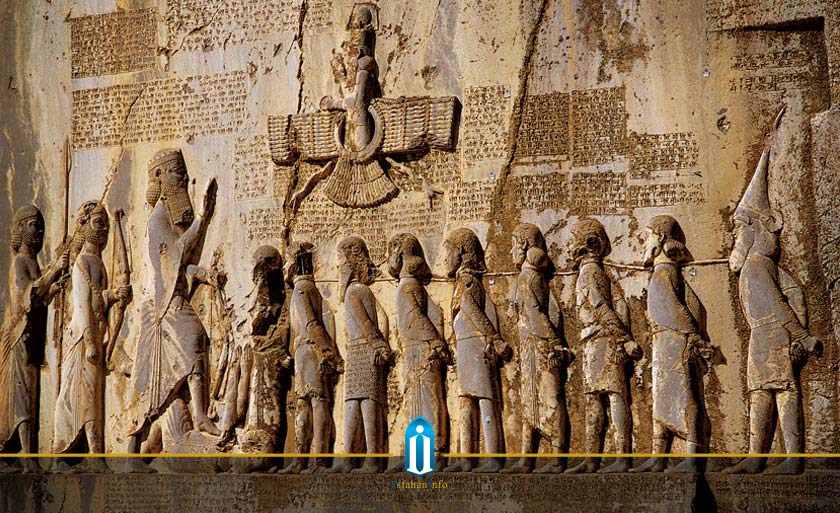
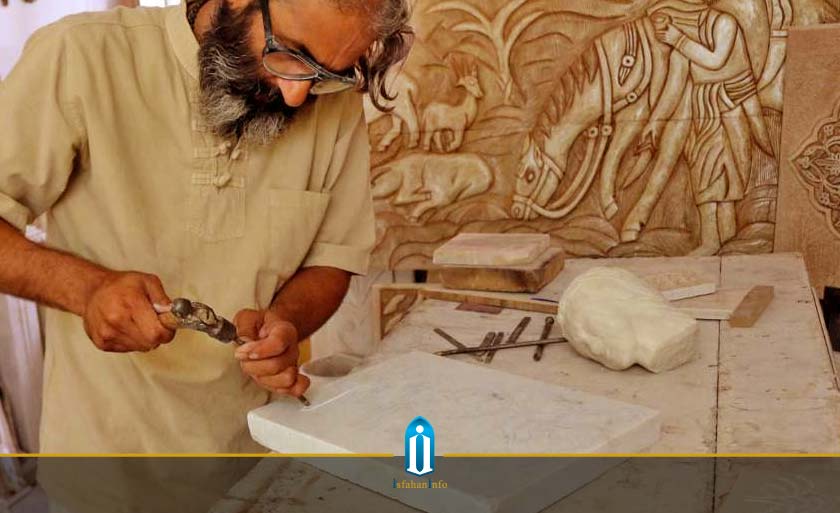
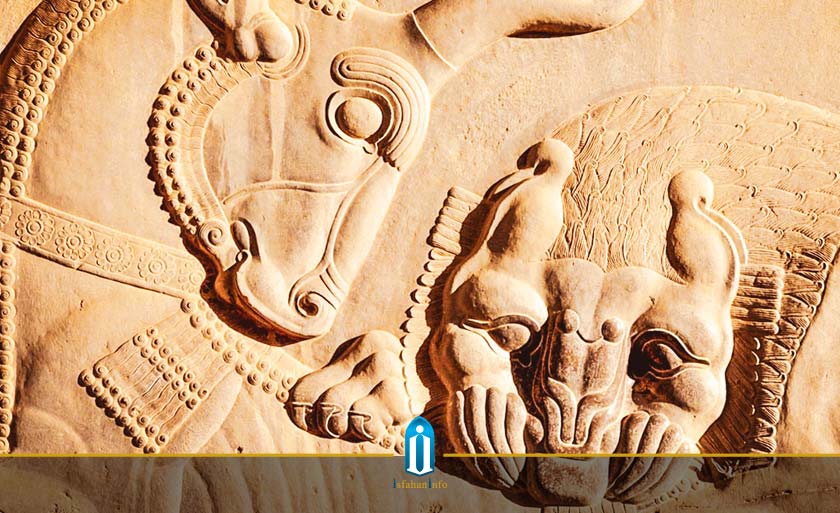
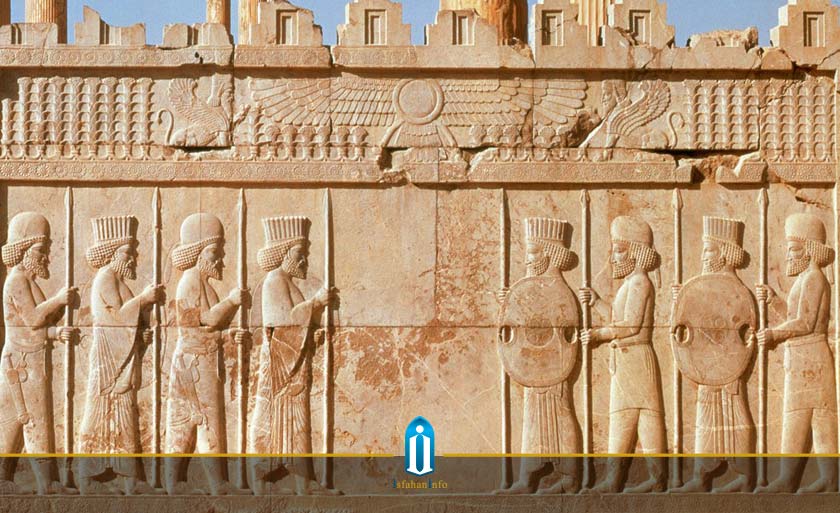
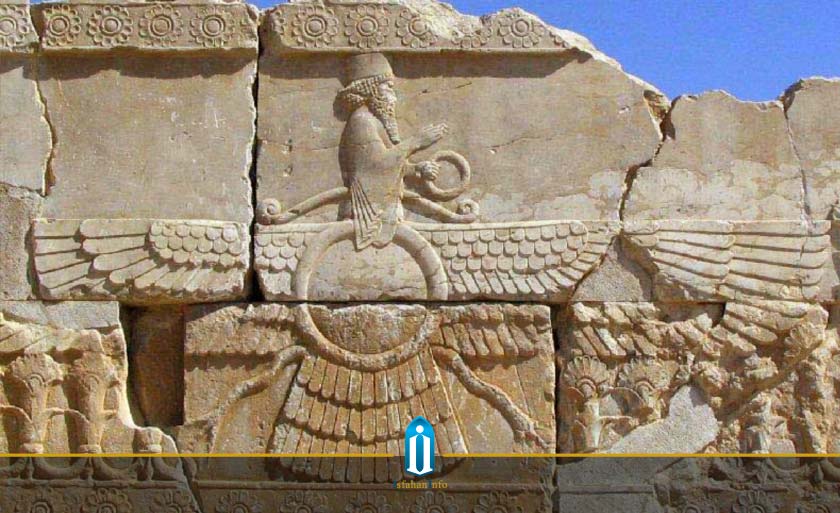
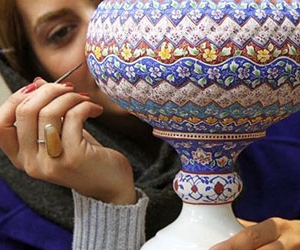
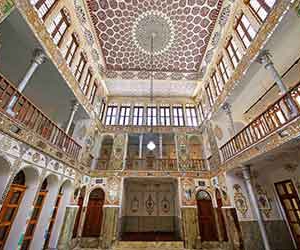
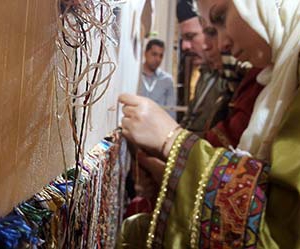


Leave a Reply
Want to join the discussion?Feel free to contribute!